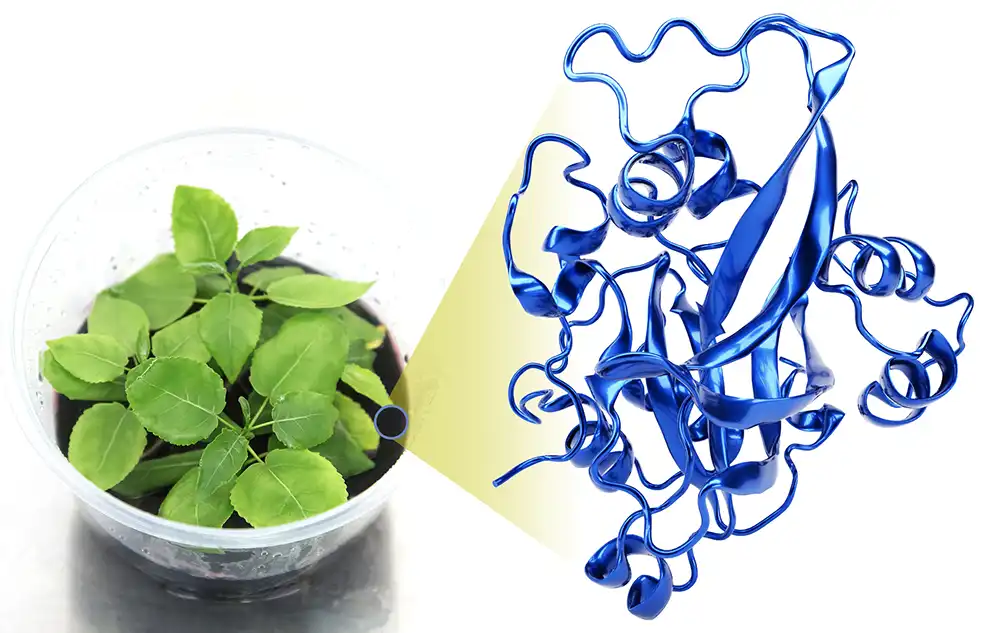
Researchers have identified specific proteins and amino acids that could control bioenergy plants’ ability to identify beneficial microbes that can enhance plant growth and storage of carbon in soils.

Researchers have identified specific proteins and amino acids that could control bioenergy plants’ ability to identify beneficial microbes that can enhance plant growth and storage of carbon in soils.
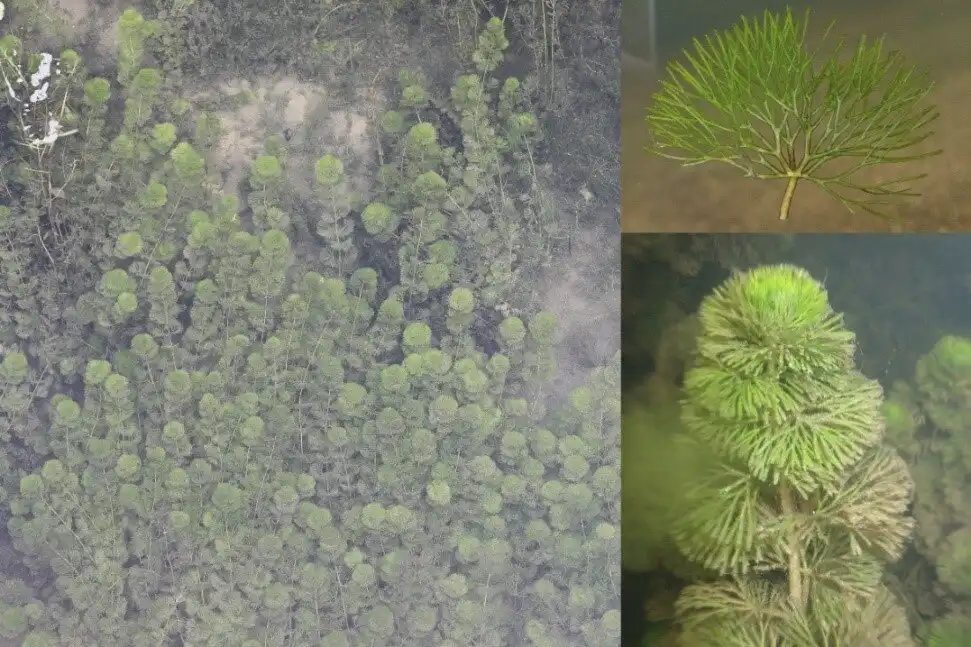
Invasion by introduced species has been listed as one of the main threats to freshwater biodiversity worldwide. Invasive species have resulted in reduced abundance and diversity of native species in invaded natural habitats.

Researchers have revealed for the first time how a key gene in plants allows them to use their energy more efficiently, enabling them to grow more roots and capture more water and nutrients.
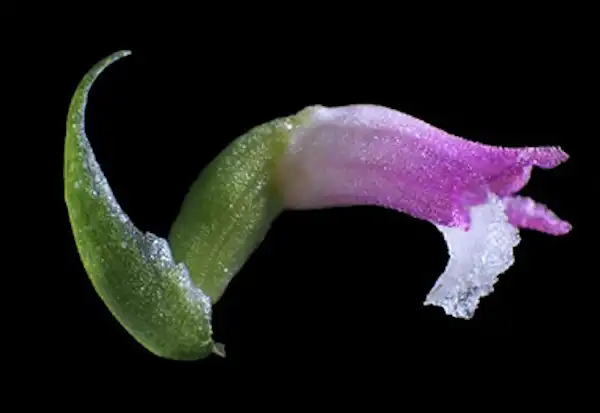
It is extremely rare for a new plant species to be discovered in Japan, a nation where flora has been extensively studied and documented. Nevertheless, recently recently a stunning new species of orchid whose rosy pink petals bear a striking resemblance to glasswork has been uncovered. Since it was initially spotted near Hachijo Island in Tokyo Prefecture, the new species has been given the name Spiranthes hachijoensis.
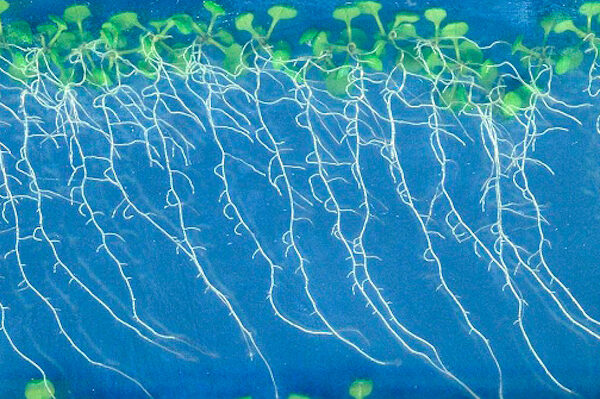
Compressive stress, oriented by cytokinin-regulated patterned proliferation, establishes the symmetry of tissue boundary in Arabidopsis root vascular tissue.

There’s been a well-documented shift toward earlier springtime flowering in many plants as the world warms. The trend alarms biologists because it has the potential to disrupt carefully choreographed interactions between plants and the creatures—butterflies, bees, birds, bats and others—that pollinate them.
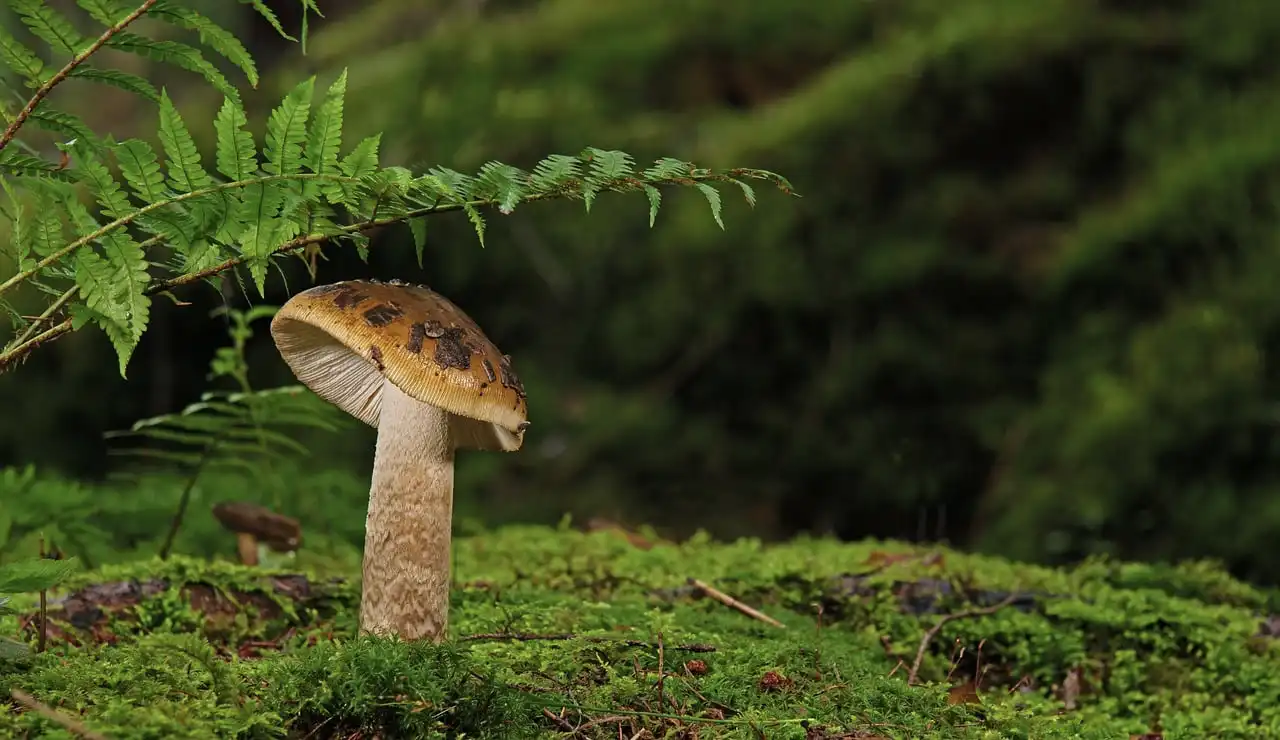
Growing edible mushrooms alongside trees can produce a valuable food source for millions of people while capturing carbon, mitigating the impact of climate change, a new study has found.
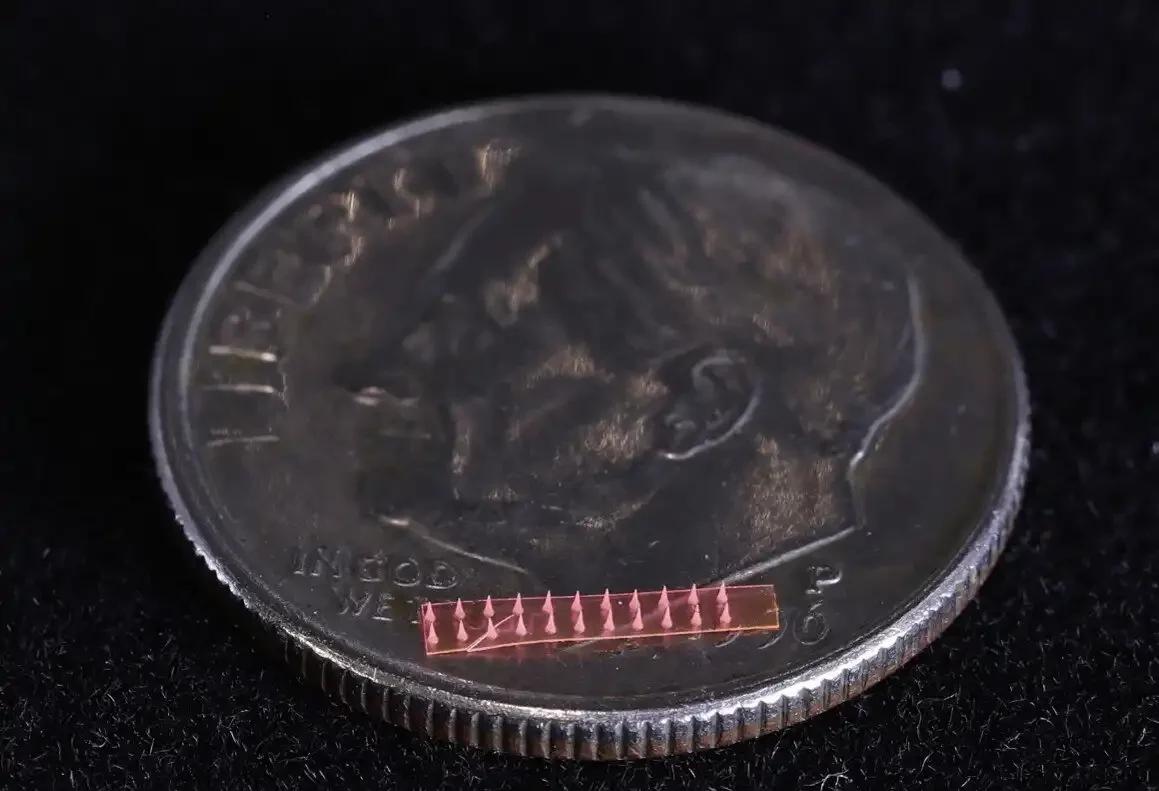
Researchers have developed the first-ever microneedle-based drug delivery technique for plants. The method can be used to precisely deliver controlled amounts of agrochemicals to specific plant tissues for research purposes. When applied in the field, it could be used in precision agriculture to improve crop quality and disease management.
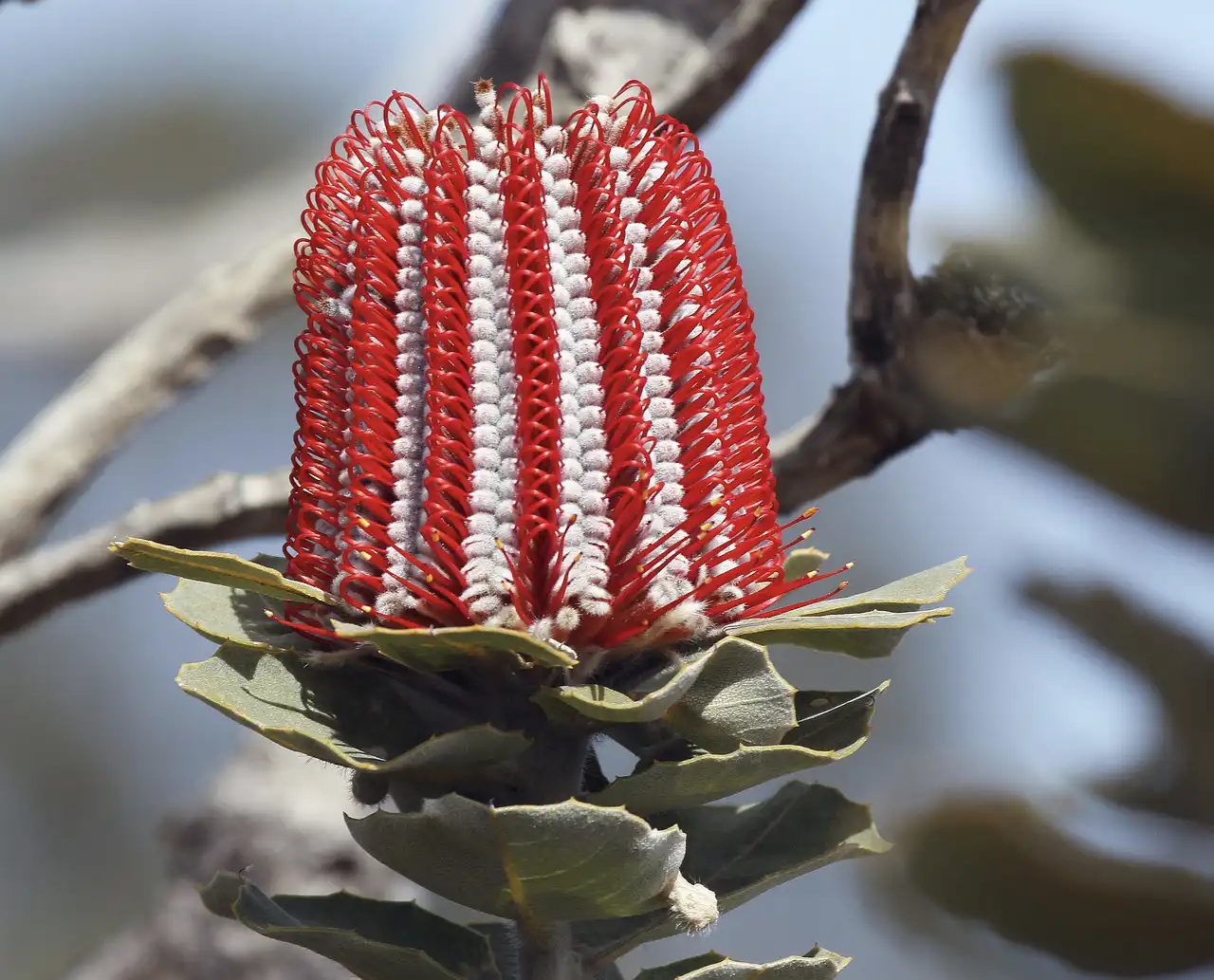
New research finds almost 4000 Australian plant species have not been photographed before in the wild, which may lead to their extinction.

A new study has found that mass media campaigns aimed at changing pesticide use to fight crop pests and diseases are more effective when farmers are exposed to multiple forms of communication.